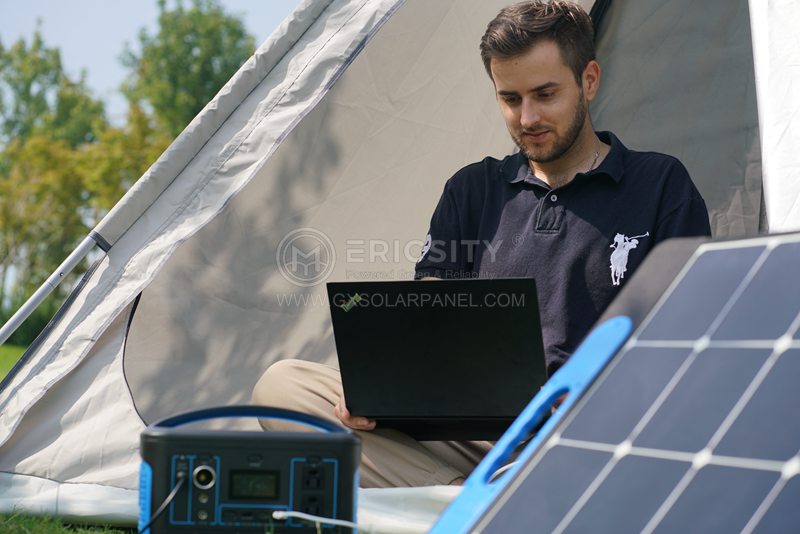HOT PRODUCT
Product Details
The Science Behind 200 Watt Portable Solar Kits: How They Generate Power
The Science Behind 200 Watt Portable Solar Kits: How They Generate Power
In recent years, there has been a growing interest in renewable energy sources as people strive to reduce their dependence on traditional power grids. Solar power is one of the most popular and accessible forms of renewable energy, with portable solar kits gaining significant attention. Among these kits, the 200-watt portable solar kit stands out as a powerful and convenient option for outdoor enthusiasts and those seeking alternative energy sources. Let’s delve into the science behind how these kits generate power and the key components that make them efficient.
1. Photovoltaic (PV) Cells: The Foundation of Solar Power
At the core of every solar kit are photovoltaic (PV) cells, which convert sunlight into electricity. These cells are typically made from semiconductor materials, such as silicon, that have unique properties allowing them to generate an electrical current when exposed to sunlight. When sunlight particles, known as photons, strike the PV cells, they excite the electrons within, creating a flow of electrical energy.
2. Solar Panels: Harvesting Sunlight
The PV cells are seamlessly integrated into solar panels, which are responsible for collecting sunlight. Solar panels consist of multiple interconnected PV cells, arranged in a specific pattern called an array. The larger the number of PV cells in the array, the higher the power output. In 200-watt portable solar kits, several solar panels with arrays of PV cells are combined to generate the desired power capacity.
3. Charge Controller: Regulating the Flow of Energy
To ensure optimal efficiency and prevent overcharging or damage to connected devices, portable solar kits utilize charge controllers. A charge controller acts as an intermediary between the solar panels and batteries or other devices being charged. It regulates the flow of electrical energy, safeguarding the batteries from overcharging and ensuring a steady supply of power.
4. Batteries: Storing Solar Energy

A crucial element of portable solar kits is the battery, which stores the excess electrical energy generated by the solar panels during daylight hours. Batteries allow users to access and utilize solar power even during cloudy or nighttime conditions. By connecting devices directly to the battery or through an inverter, users can power appliances and recharge electronics in remote locations.

5. Inverter: Converting DC to AC
Most electronic devices operate on alternating current (AC), while solar panels generate direct current (DC). Inverters are essential components in portable solar kits as they convert DC power from the batteries into AC power, making it compatible with household devices. Inverters come in varying sizes and wattages, allowing users to power a range of devices according to their needs.
6. Wiring, Connectors, and Mounting Hardware
To harness the maximum power generated by the solar panels, reliable wiring, connectors, and mounting hardware are essential. High-quality connectors ensure efficient energy transfer between the solar panels, charge controller, batteries, and other components. Mounting hardware, such as brackets and stands, provide stability and flexibility in positioning the solar panels for optimal sunlight exposure.
In conclusion, the science behind the generation of power in 200-watt portable solar kits revolves around the conversion of sunlight into electricity through photovoltaic cells. This clean and sustainable energy source can be harnessed and stored in batteries to power devices anytime, anywhere. The integration of charge controllers, inverters, wiring, connectors, and mounting hardware ensures efficient and convenient usage of solar energy. Embracing these portable solar kits not only supports a greener lifestyle but also empowers individuals to become self-sufficient energy producers.




